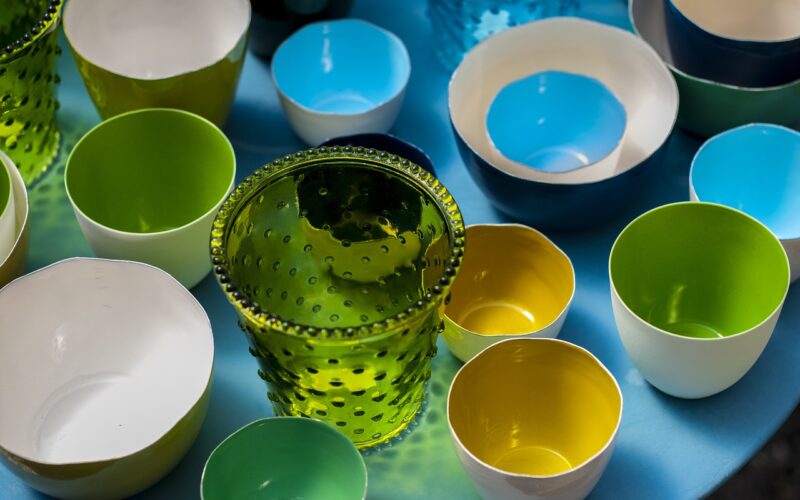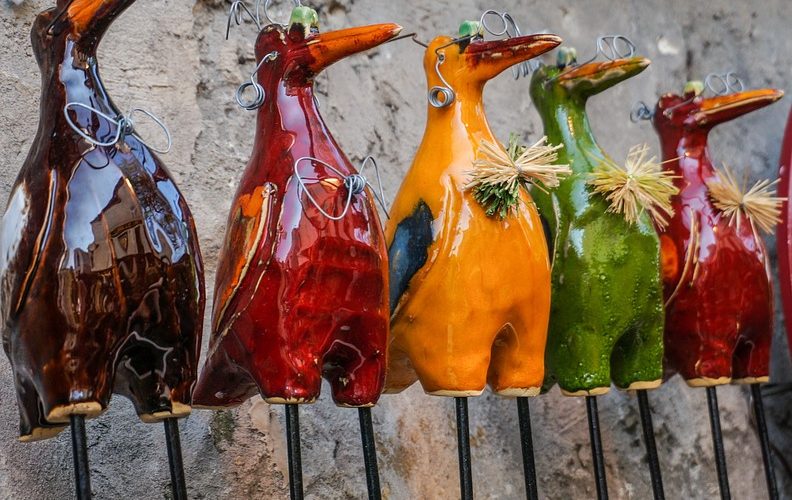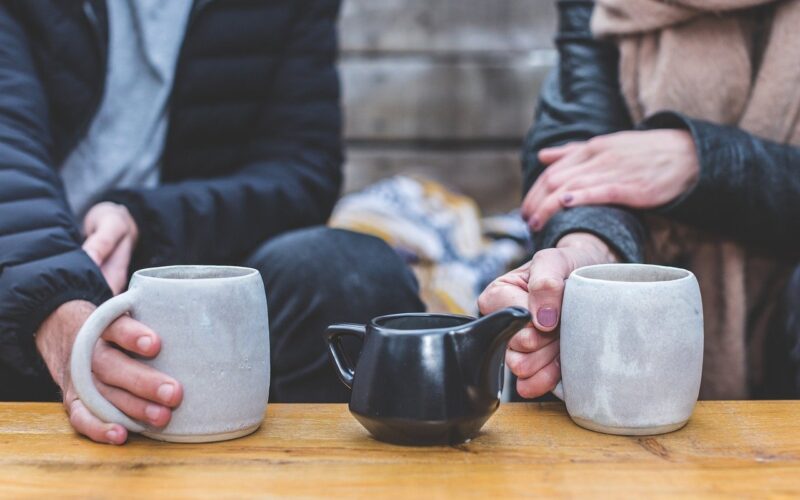When you think of ceramics, your mind might jump to delicate pottery or fine china. However, ceramic objects are far more ubiquitous in our daily lives than you might initially think. Comprising an extensive range of materials known for their durability, versatility, and aesthetic appeal, ceramics play crucial roles in various aspects of our lives. From the tiles under our feet to the dishes on our tables, these fascinating materials are interwoven with our everyday experiences.
Ceramics in construction and architecture
One of the most common applications of ceramics is in construction and architecture. Ceramic tiles, for example, are a popular choice for flooring and wall coverings due to their resilience and low maintenance. These tiles can be found in bathrooms, kitchens, and even outdoor spaces, providing both functional and decorative benefits. Additionally, ceramic bricks are often used in building structures, offering excellent thermal insulation and fire resistance. With the rise of eco-friendly construction, many architects are turning to ceramics for sustainable building solutions.
The role of ceramics in household items
Household items made from ceramics are abundant and varied, ranging from dinnerware to decorative pieces. Plates, bowls, and mugs made from ceramics are not only aesthetically pleasing but also highly durable and heat-resistant. This makes them perfect for both everyday use and special occasions. Beyond the kitchen, ceramics find their way into other household items such as vases, planters, and even glass decals for personalising glassware. These objects add a touch of elegance and individuality to home interiors, making them cherished possessions for many.
Medical and dental uses of ceramics
In the medical field, ceramics are indispensable. Bioceramics, a specialised category, are used in a variety of medical applications due to their biocompatibility and mechanical properties. For instance, ceramic materials are used in joint replacement prostheses, ensuring long-lasting and reliable performance. Dental ceramics are another significant application, commonly used in crowns, bridges, and veneers. These materials closely mimic the appearance and function of natural teeth, providing patients with both practical and aesthetic benefits.
Ceramics in technology and electronics
The world of technology and electronics also relies heavily on ceramics. Advanced ceramics are used in the manufacture of electronic components such as capacitors, insulators, and semiconductors. Their high resistance to heat and electrical conductivity make them essential for the functioning of various electronic devices. Furthermore, ceramics play a key role in the production of ceramic decals, which are often used in the electronics industry for labelling and decorative purposes. These decals must withstand high temperatures during the manufacturing process, a task ceramics are well-suited for.
Industrial applications of ceramics
In industrial settings, ceramics are valued for their exceptional hardness and resistance to wear and corrosion. These properties make them ideal for use in cutting tools, abrasives, and various machinery components. Ceramic coatings are also employed to protect metal surfaces from extreme conditions, extending the lifespan of equipment and reducing maintenance costs. Additionally, ceramics are used in the production of kiln furniture, which holds and supports materials during high-temperature processes such as firing and sintering.
Artistic and cultural significance of ceramics
Beyond their practical uses, ceramics hold significant artistic and cultural value. Throughout history, different cultures have used ceramics for artistic expression, creating intricate pottery, sculptures, and tiles that reflect their traditions and beliefs. Modern artists continue to explore the possibilities of ceramics, pushing the boundaries of the medium to create innovative and thought-provoking works. Ceramic art is celebrated in galleries and museums worldwide, highlighting the enduring appeal and versatility of this ancient material.
Ceramic objects are integral to our lives, serving various functional, aesthetic, and cultural purposes. From construction to medicine, technology to art, ceramics demonstrate a remarkable range of applications that touch almost every aspect of human activity. By recognising and appreciating the presence of ceramics around us, we can gain a deeper understanding of their importance and continue to explore their potential in the future.














